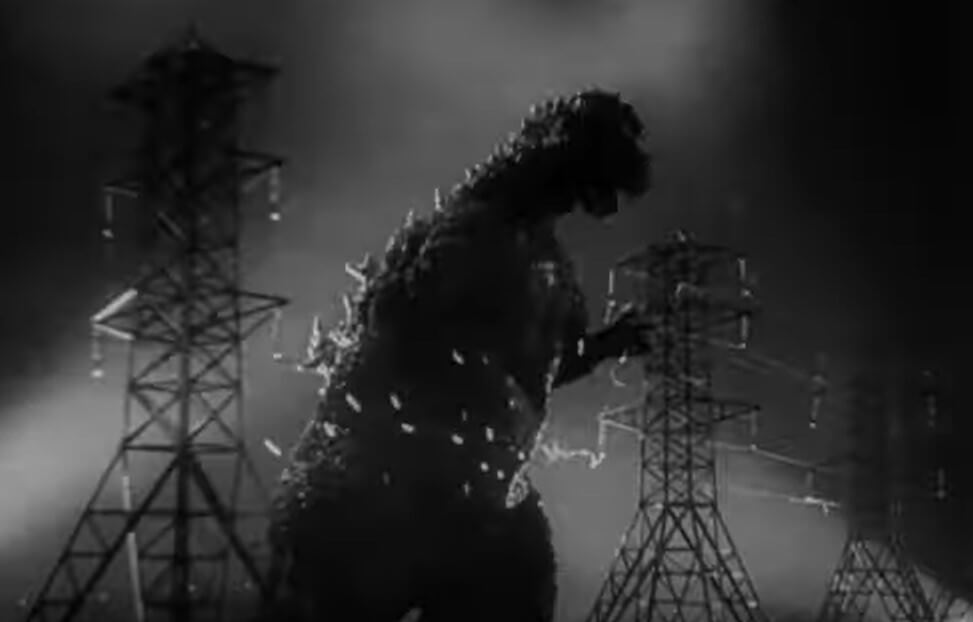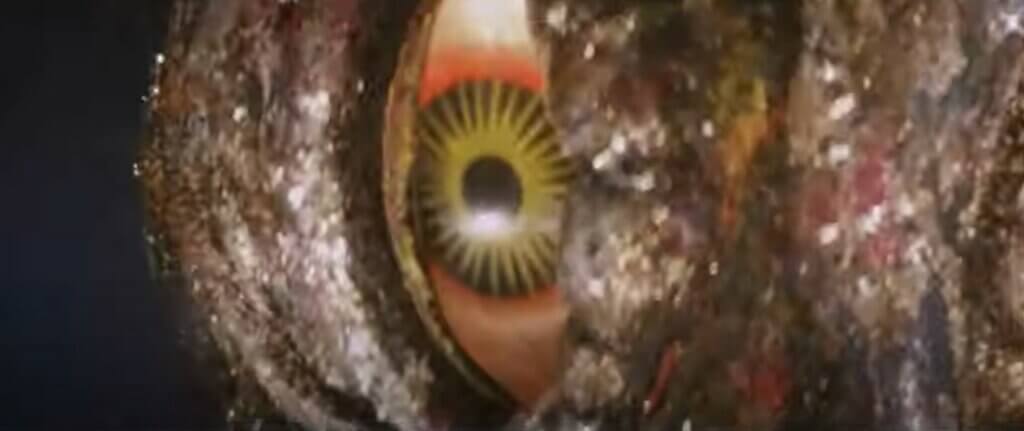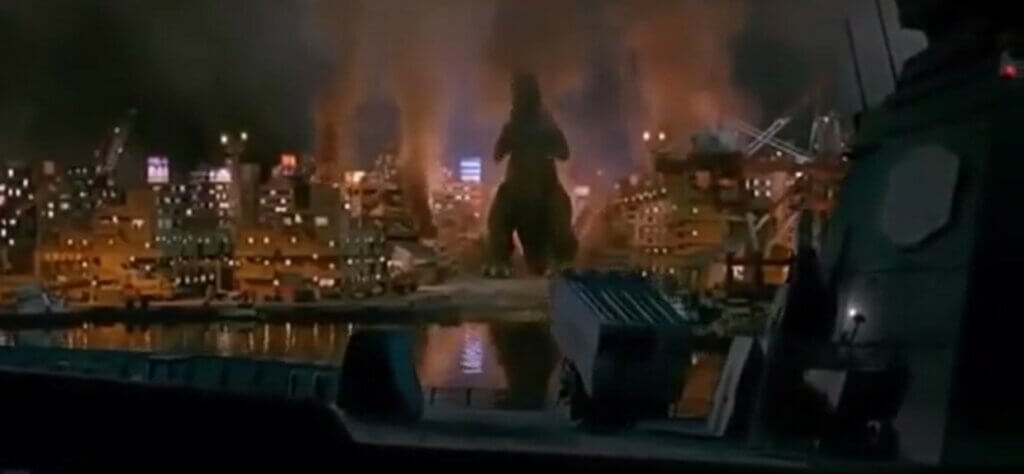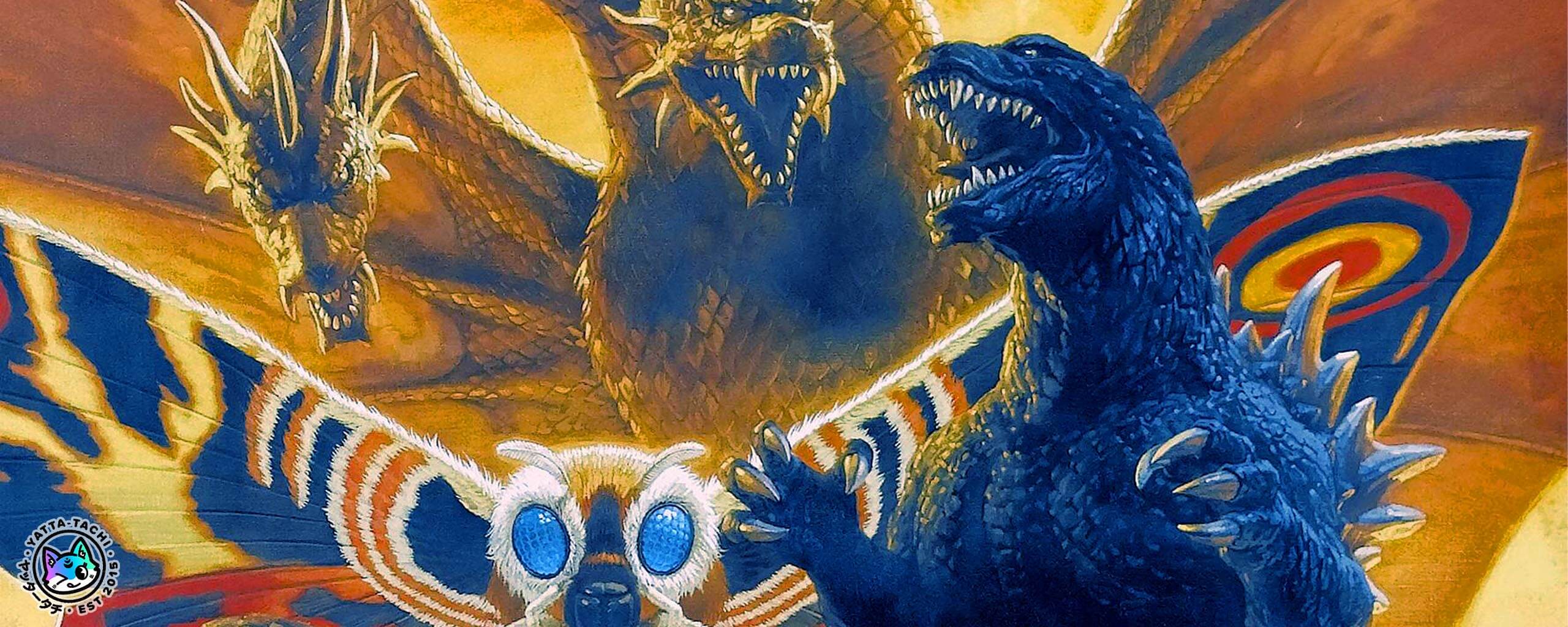The success of Godzilla Minus One has been, without any hint of exaggeration, astounding. It has garnered a blend of box office receipts, critical adoration, and widespread general audience embrace that is hard to find in any genre, much less one that involves giant stomping monsters. And for many, it’s also served as an introduction to Godzilla’s now seventy-year cinematic legacy, one that can seem a little overwhelming if you’re not sure where to start or the elements that you specifically prefer. So that’s where I come in – If Godzilla Minus One was your initial leap into the world of Japanese Godzilla films and the exploits of his other monstrous brethren, this article will tell you where to go next on what is sure to be a beautiful journey.
It’s Never Bad To Start With The Original – Godzilla
The most obvious choice to start with is the original Godzilla, directed in 1954 by Ishiro Honda. The parallels between it and Takashi Yamazaki’s Godzilla Minus One are clear from the onset – they both take place in a Japan that is still reeling from the nuclear trauma of the atom bomb and the psychological ramifications of World War II. And even though Godzilla takes place a few years later, while Minus One throws us into the thick of its immediate aftermath, the shadows of those horrors still loom. In a few ways, Minus One offers a more optimistic coda than the doomed atmosphere of Godzilla, allowing for the resiliency of mankind to shine through, rather than treating us as play things for our own hubris. But Minus One does plenty to harken back to the nightmares of the 1954 film, from both themes to outright visual homages, and they can be viewed now as companion pieces.
You can watch Godzilla on MAX, Pluto TV, Tubi, Sling TV, Crackle, and PLEX!

There Are Plenty Of Human Stories To Be Found Throughout The Series – Mothra Vs. Godzilla
Minus One relished in its human cast, offering a depth that may seem like an outlier to those who are new to the genre. But human stories have long been important in the best of Godzilla films, and that’s why watching 1964’s Mothra vs Godzilla can be such a treat. Just as Minus One gave us a ground level group of people to root for, Mothra vs Godzilla is centered primarily on a team of journalists and a professor, people far removed from the cold bureaucracy of the government or the military. They’re quirky, likable and real, even amidst the broad fantasy of a mysterious island, a giant moth, and her gargantuan egg.
Further tying Mothra vs Godzilla to Minus One is the specter of radiation and its myriad dangers. The people of Infant Island (Mothra’s home) are jaded and resentful of a society that would allow them to be caught in the radius of nuclear tests and war. Why should they help stop Mothra or Godzilla’s eventual rampages on the thriving mainland when no one stopped to aid them? Minus One’s ability to wrestle with this cynicism and eventual hope make it a good primer for these aspects of Mothra vs Godzilla.
You can watch Mothra vs. Godzilla on MAX, Pluto TV, Tubi, Sling TV, The Roku Channel, Crackle, Amazon Prime Video, and PLEX!
Minus One Could Be Scary…And It’s Not Alone – Godzilla Vs. Hedorah
Godzilla’s attack on Ginza in Minus One isn’t just played for spectacle but also for terror, which makes it a bit more intense at times than many other films in the series. Aside from the haunting first film, there’s often little recognition given to the mortal human cost of these destructive monster parades, with most of the attention shown to the creatures’ brushes with various buildings and iconic pieces of Japanese architecture. However, Godzilla vs Hedorah is certainly devoted to the idea that a giant monster plowing through a metropolitan area can be a grisly, bizarre scenario.

One-time Godzilla director Yoshimitsu Banno (He was essentially banished from ever making another one thanks to his producer’s response to Hedorah) dedicates many scenes to the gruesome after effects of the pollutive beast Hedorah’s toxic, melting existence. Though it’s balanced with the campier direction of the era and Banno’s tendency to lean toward the surreal, it still manages to portray a monster attack as something that affects everything from towering buildings to unfortunate people.
You can watch Godzilla vs Hedorah on Tubi, MAX, Crackle, PLEX, The Roku Channel, Sling TV, and Pluto TV for FREE!
Evolution Is A Common Motif In Godzilla’s 70 Year Legacy – Shin Godzilla & Godzilla Vs. Biollante
One frequent motif of Minus One is evolution – Godzilla begins the film as a large dinosaur, becomes mutated by the nuclear testing, and then, by the end, is turned into a writhing bit of flesh destined to reform itself. This calls to mind the recent Shin Godzilla, the 2016 film from Hideaki Anno and Shinji Higuchi, and the constant metamorphosis that Godzilla undergoes in that film, transforming him from aquatic super worm to titanic death god (and potentially beyond.) And while one should absolutely watch that film, if only because it’s one of the progenitors of the current Godzilla renaissance (Godzillasance?), another film that uses this element is 1989’s Godzilla vs Biollante.
The Heisei era is known for its transformations – In subsequent films, monsters almost get anime-style power-ups like King Ghidorah becoming Mecha-King Ghidorah, MechaGodzilla getting rad new metal attachments, Destoroyah growing into a glowing red super beast, etc. But Biollante is the only one to really blend this idea into a mix of horror and beauty, as the rose-esque Biollante becomes an earth-shaking creature with a crocodilian head and multiple deadly vines and tentacles. The film, which features a delightfully humanistic take on what could have easily been a stock mad scientist story, knows that these transformations are meant to inspire both awe and fear. As such, it treats them with an earned gravitas rather than rote toyetic expectancy.
You can purchase the Bluray of Godzilla vs. Biollante on Amazon! You can also get Shin Godzilla on Blu-ray on Amazon as well!
And If You Like A Thematically Relevant Godzilla, Try Out This One – Godzilla, Mothra and King Ghidorah: Giant Monsters All-Out Attack
Finally, Minus One revealed that Godzilla’s status is a complicated one. He’s a vessel for blockbuster enjoyment but he’s also a potent metaphor for loss, guilt and retribution. 2001’s Godzilla, Mothra and King Ghidorah: Giant Monsters All-Out Attack also treats Godzilla this way, rendering him as the embodiment of Japan’s own shame and troubled history. Aside from being the meanest Godzilla ever put on film (The white-eyed suit betrays no emotion or connectability and instead reeks of sheer malice,) it also assures that by the end of GMK, we’re not really sure how we should feel about Godzilla. Is he a lesson for humanity? A punishment? A chance for renewal or a big, scaly doomsday clock? Maybe he’s all of these things.
You can watch Godzilla, Mothra and King Ghidorah: Giant Monsters All-Out Attack on Pluto TV!

However, one thing is for certain: Godzilla Minus One has allowed new fans to tackle these questions and dive into many more. There are few moviegoing experiences more fun than opening your eyes to previously uncharted territory, and with over seventy years of films to choose from, Godzilla has a LOT of territory to explore. I hope you enjoy these and his many, many other movies. Long live the King of the Monsters.

Featured Sponsor - JAST
The sweetest romance and the darkest corruption, the biggest titles and the indie darlings; for visual novels and eroge, there's nowhere better.
Big thank you to our supporters
From their continous support, we are able to pay our team for their time and hard work on the site.
We have a Thank-You page dedicated to those who help us continue the work that we’ve been doing.
See our thank you page




